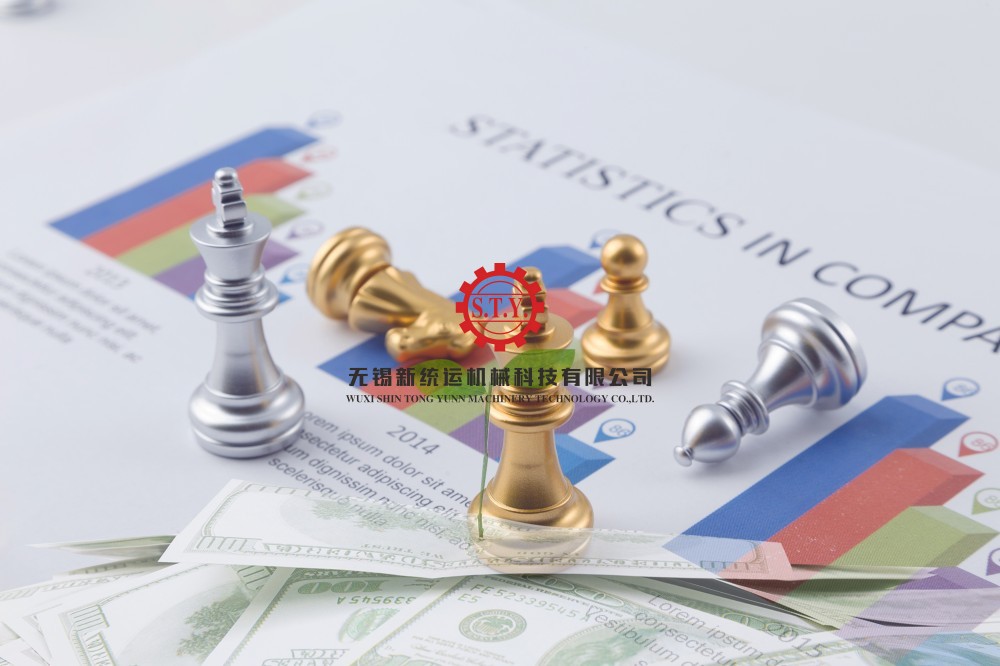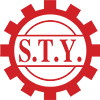Market Outlook for Twill Dyeing Machines: Growth Opportunities and Challenges in the Era of Technology-Driven Innovation
------The transformation wave from the traditional textile industry to intelligent manufacturing
The textile industry, as one pivotal pillar of the national economy, has consistently maintained stable growth trend in market demand. Especially in sectors such as apparel, home furnishings, and automotive interiors, the demand for color-rich and high-quality yarns is increasing daily. Hank yarn dyeing machines, as critical equipment for meeting this demand, naturally experience corresponding surge in market demand. With consumers' pursuit of personalized and differentiated products, hank yarn dyeing equipments play an irreplaceable role in providing diverse colors and patterns, further driving the development of their market.
I. Market Status and Growth Drivers
However, the global hank yarn dyeing machine market is undergoing structural changes. According to Grand View Research, the global skein dyeing equipment market reached $1.23 billion in 2023, with projected compound annual growth rate (CAGR) of 6.8% from 2024 to 2030. Hank dyeing machine occupy significant share within this segment. The core drivers of growth include:
1. Upgrading Demand in the Textile Industry Chain: Apparel, home textiles, and industrial textiles have seen a surge in demand for high-quality colored yarns. Traditional fiber dyeing is shifting towards yarn dyeing to enhance color fastness and uniformity.
2. Policies Promoting Sustainable Production: The European Union's Green Deal and China's "dual carbon" targets are forcing enterprises to adopt hank dyeing equipment with low water consumption and low chemical residues to replace outdated capacity.
3. Capacity Expansion in Emerging Markets: The textile industries in Southeast Asia (Vietnam, Bangladesh), and India are rising. New factories are purchasing automated dyeing equipment to undertake international orders.
II. Technological Innovation Reshaping the Competitive Landscape
The technological iteration of hank yarn dyeing machines has become market watershed. Leading companies are seizing market share through innovations such as:

Intelligent Control Systems: Integrating PLC and AI algorithms to achieve real-time dynamic adjustment of dyeing temperature, pH value, and liquor ratio, reducing manual intervention (e.g., Germany's Thies "SmartDye" system).
Low Liquor Ratio and Water-Saving Designs: New hank yarn dyeing machines have reduced liquor ratios from 1:10 to below 1:5, saving over 40% of water.
Multi-Material Compatibility: Adapting to the diverse dyeing needs of cotton, polyester, blended yarns, and recycled fibers (like rPET), expanding application scenarios.
Case Study: China's Honghua Numeng has launched the "Cloud Dyeing" intelligent yarn dyeing machine, which utilizes an IoT platform for remote monitoring and process optimization, reducing customers' energy consumption costs by 18%.
III. Regional Market Differentiation and Opportunities
1. Asia Dominates Global Capacity:
China (accounts for 35% of global production): Local brands such as Fong's Industries and Yuexin Machinery occupy the mid-end market with cost-effectiveness advantages and are making breakthroughs towards the high-end market.
India, Vietnam: Policies supporting the textile industry have led to strong import substitution demand. India's hank yarn dyeing machine imports increased by 22% in 2023.
2. High Barriers in the European High-End Market:
German and Italian brands (e.g., Brazzoli, Astra) dominate the high-end market with equipment prices exceeding $500,000, focusing on environmental certifications and customized services.
3.Untapped Potential in Africa:
Textile park construction in countries like Ethiopia and Kenya drives equipment demand, but limited funds and technical acceptance mean second-hand equipment still dominate.

IV. Challenges and Risk Warnings
1. Cost Pressure: Rising raw material prices for stainless steel and sensors are squeezing the profit margins of small and medium-sized enterprises.
2. Technical Thresholds: Customers have extremely high requirements for equipment stability, and new entrants need 5-8 years of technical accumulation to establish a reputation.
3. Intensifying Regional Competition: Local brands in Turkey and Pakistan are competing for market share with low-price strategies.
V. Future Outlook: Three Trends
1. Standardization of Green Dyeing: Equipment compatible with zero wastewater discharge and bio-based dyes will become market entry thresholds.
2. Innovation in Service Models: Transitioning from selling equipment to providing comprehensive solutions including "equipment + process packages + cloud services" (e.g., subscription models based on dyeing volume).
3. Miniaturization and Modular Design: Meeting the flexible production needs of small factories and lowering the initial investment threshold.
Hank yarn dyeing machine market has entered new cycle driven by both "technology and environmental protection." Companies need to build our core competitiveness in intelligence, water-saving performance and localized services to seize the trillion-level market opportunities presented by the low-carbon transformation of the global textile industry. For investors, focusing on emerging capacity layouts in Southeast Asia and potential technical acquisition targets in Europe may represent the next value troughs.
___________________________________________
Source: Grand View Research, Textile World, China Textile Industry Federation (Annual Report 2023)







 IPv6 network supported
IPv6 network supported
